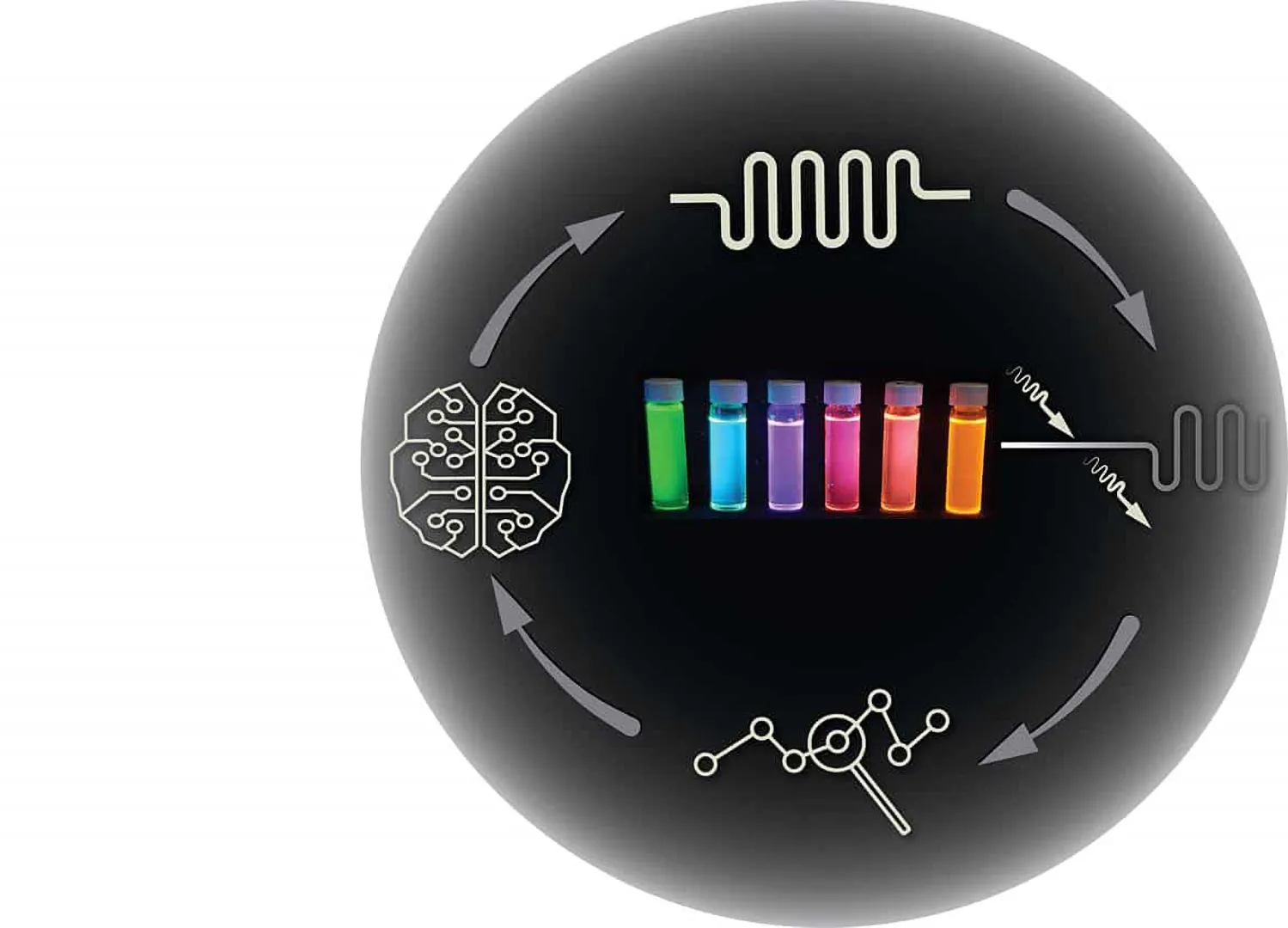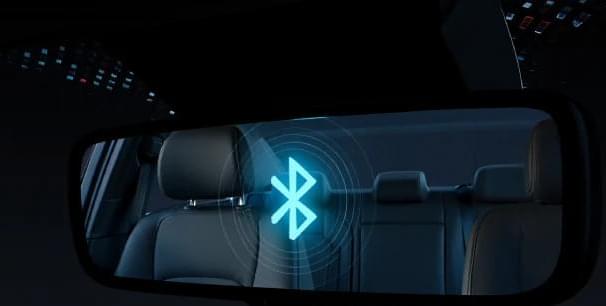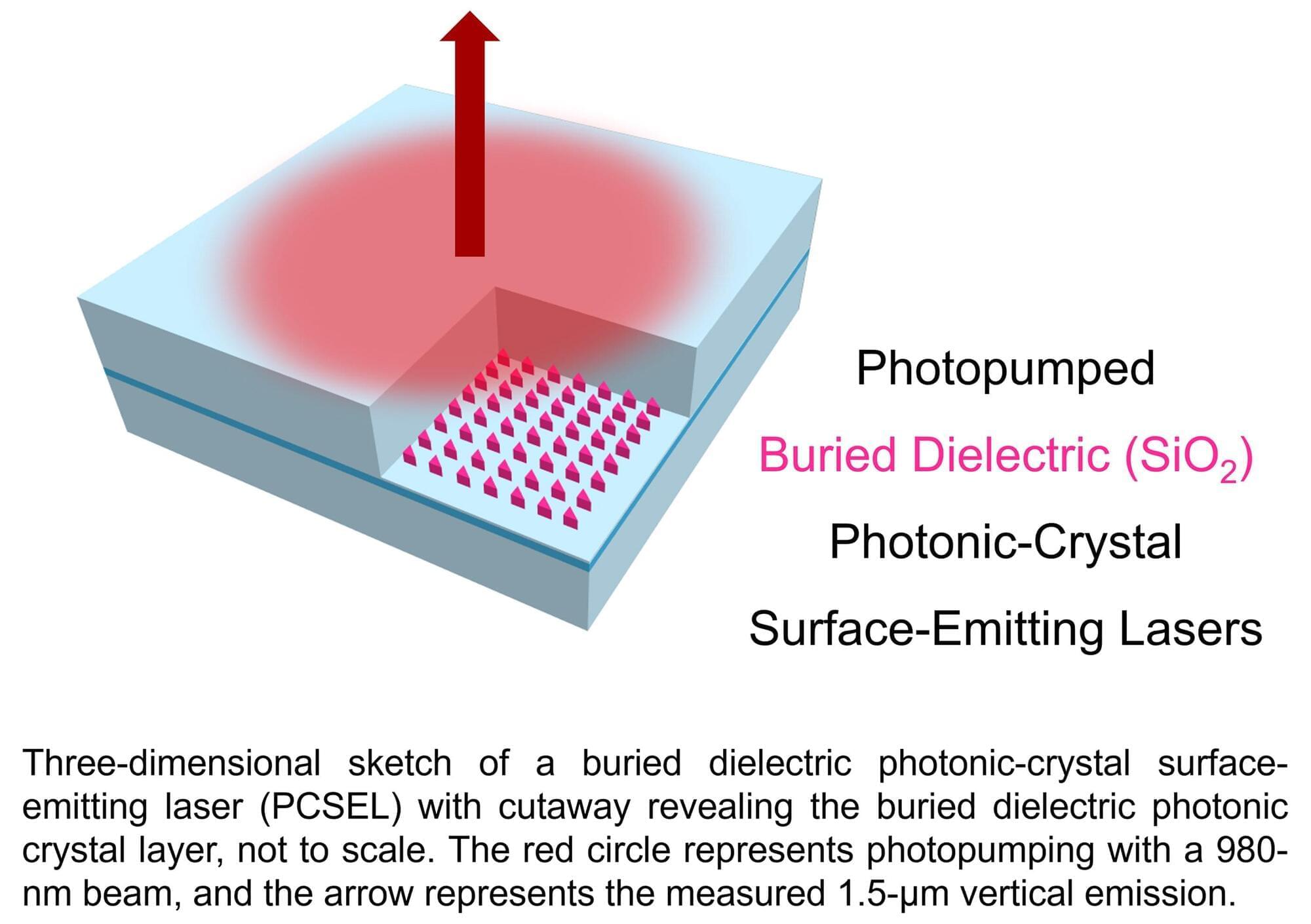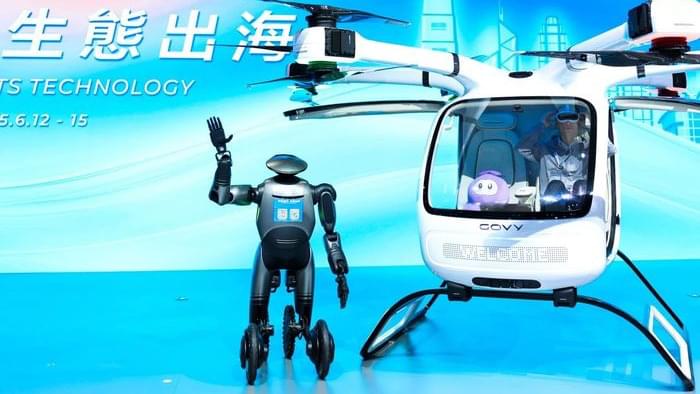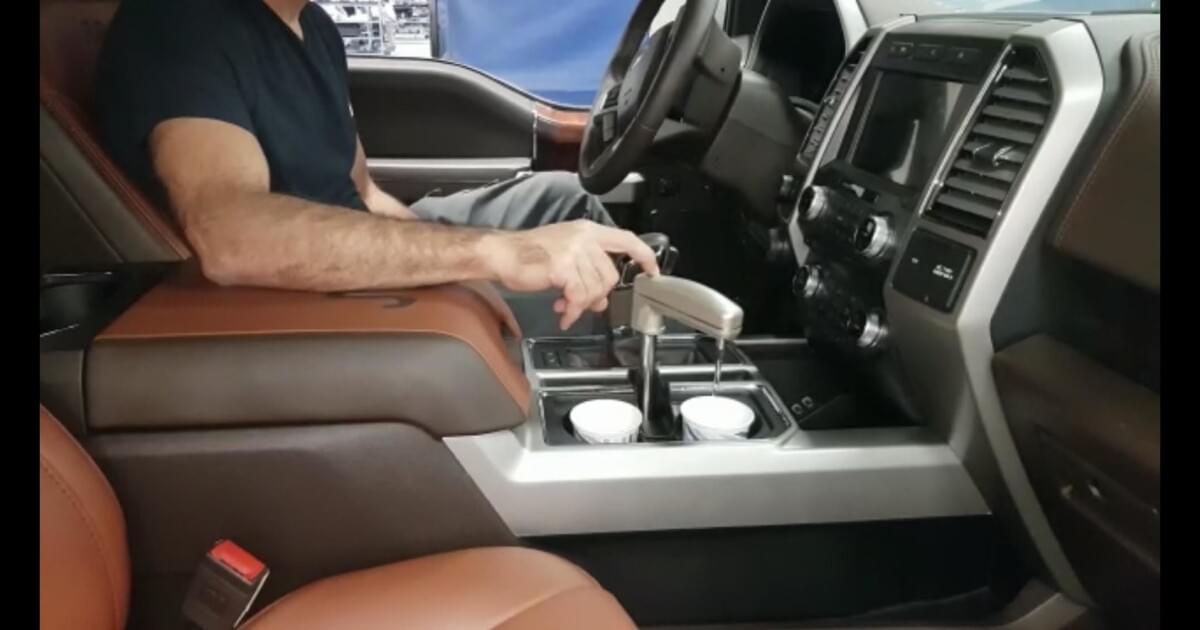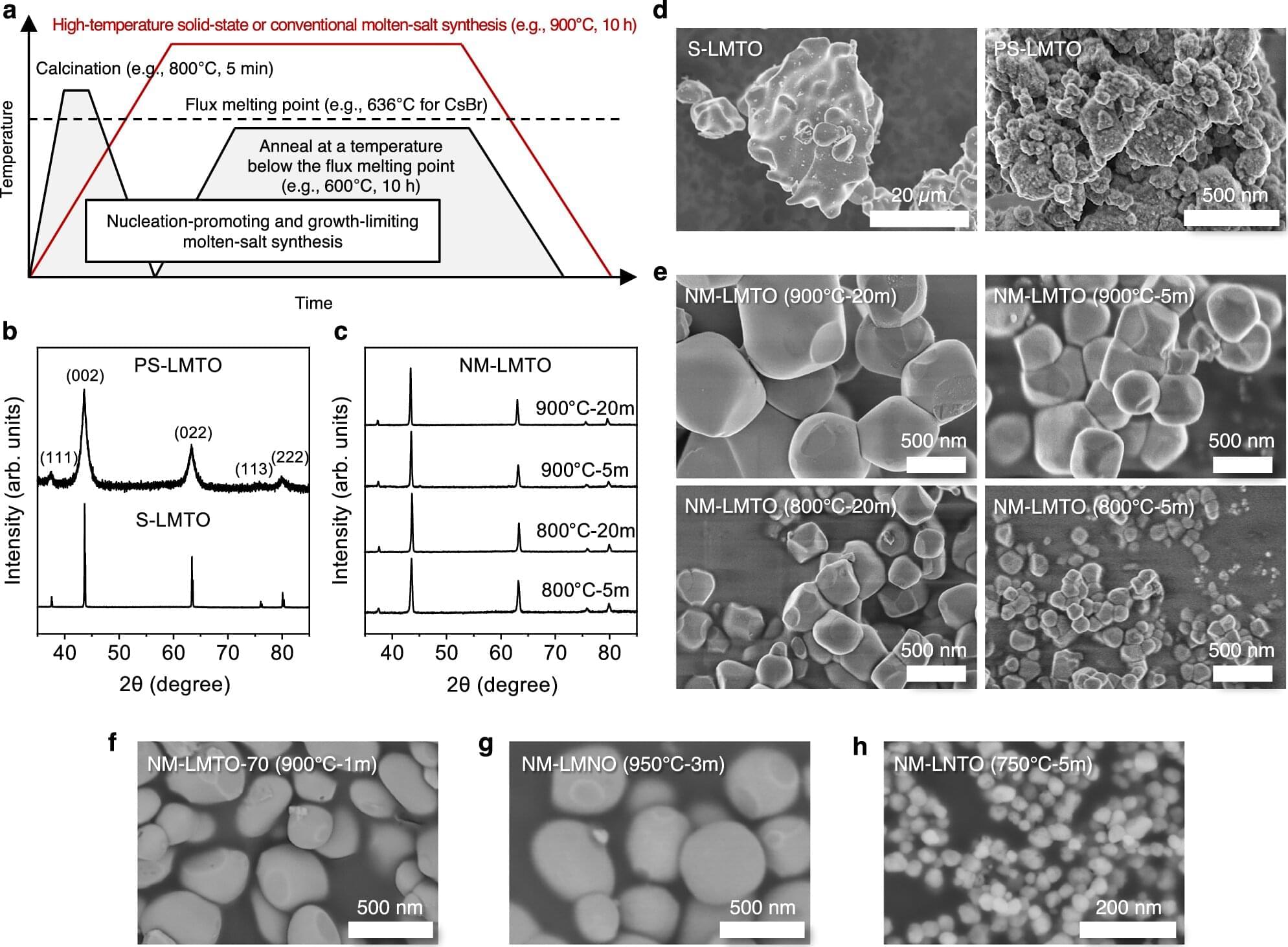In a first for the field, researchers from The Grainger College of Engineering at the University of Illinois Urbana-Champaign have reported a photopumped lasing from a buried dielectric photonic-crystal surface-emitting laser emitting at room temperature and an eye-safe wavelength. Their findings, published in IEEE Photonics Journal, improve upon current laser design and open new avenues for defense applications.
For decades, the lab of Kent Choquette, professor of electrical and computer engineering, has explored VCSELs, a type of surface-emitting laser used in common technology like smartphones, laser printers, barcode scanners, and even vehicles. But in early 2020, the Choquette lab became interested in groundbreaking research from a Japanese group that introduced a new type of laser called photonic-crystal surface-emitting lasers, or PCSELs.
PCSELs are a newer field of semiconductor lasers that use a photonic crystal layer to produce a laser beam with highly desirable characteristics such as high brightness and narrow, round spot sizes. This type of laser is useful for defense applications such as LiDAR, a remote sensing technology used in battlefield mapping, navigation, and target tracking. With funding from the Air Force Research Laboratory, Choquette’s group wanted to examine this new technology and make their own advancements in the growing field.
